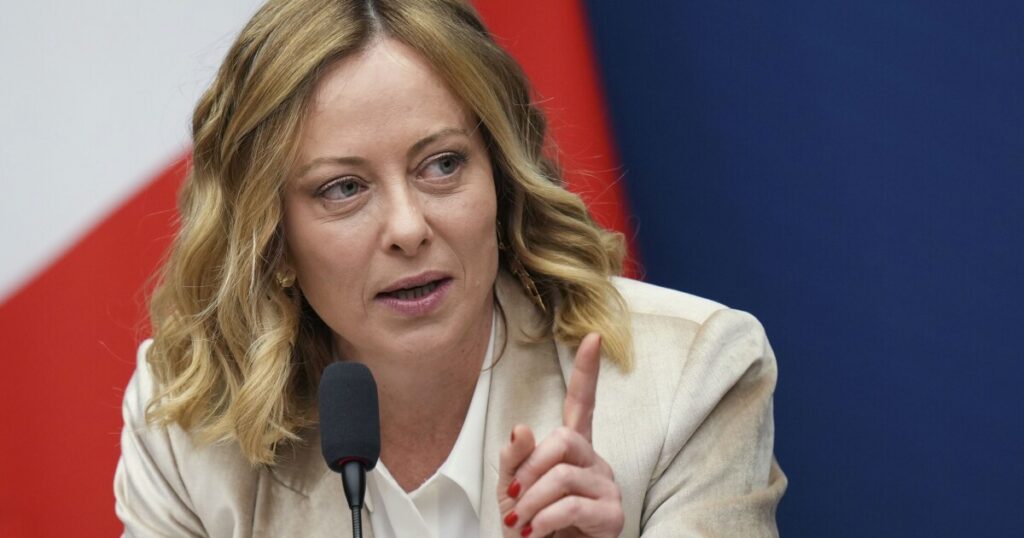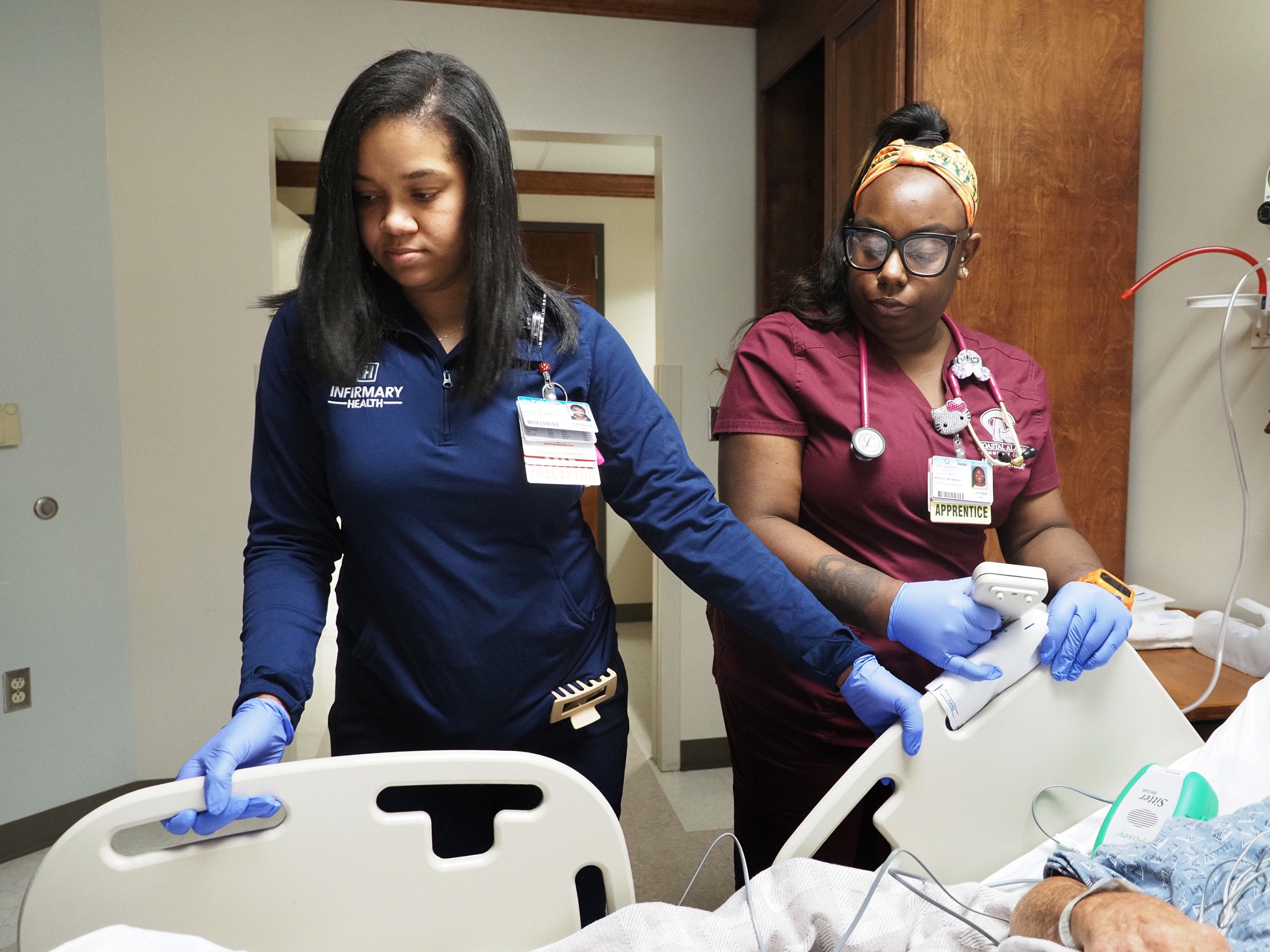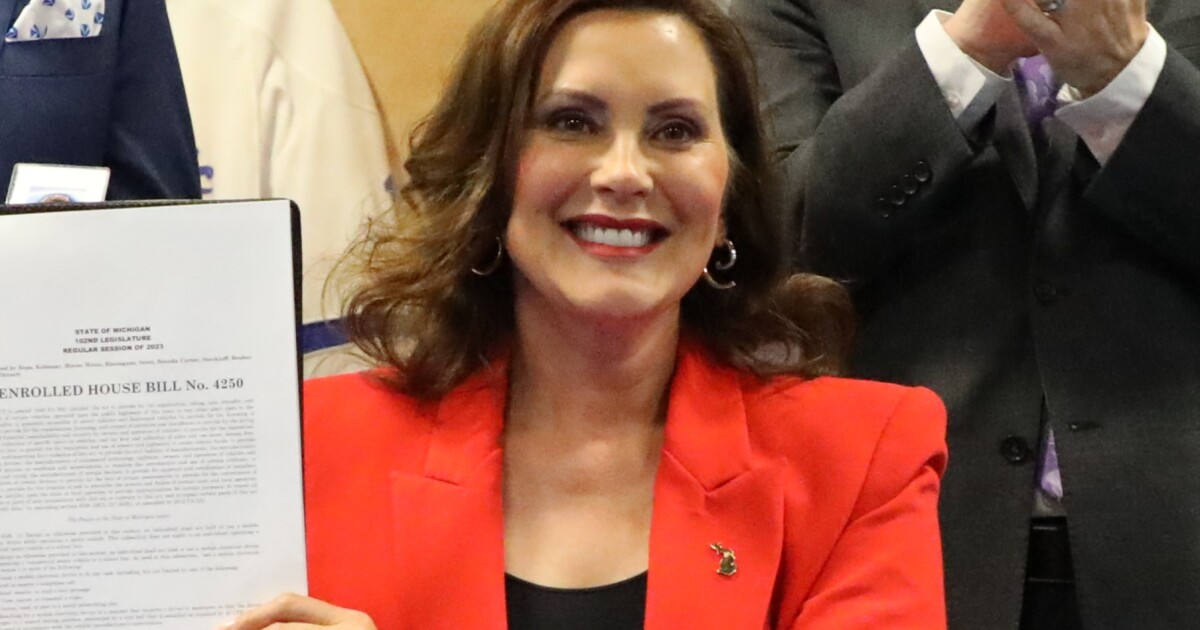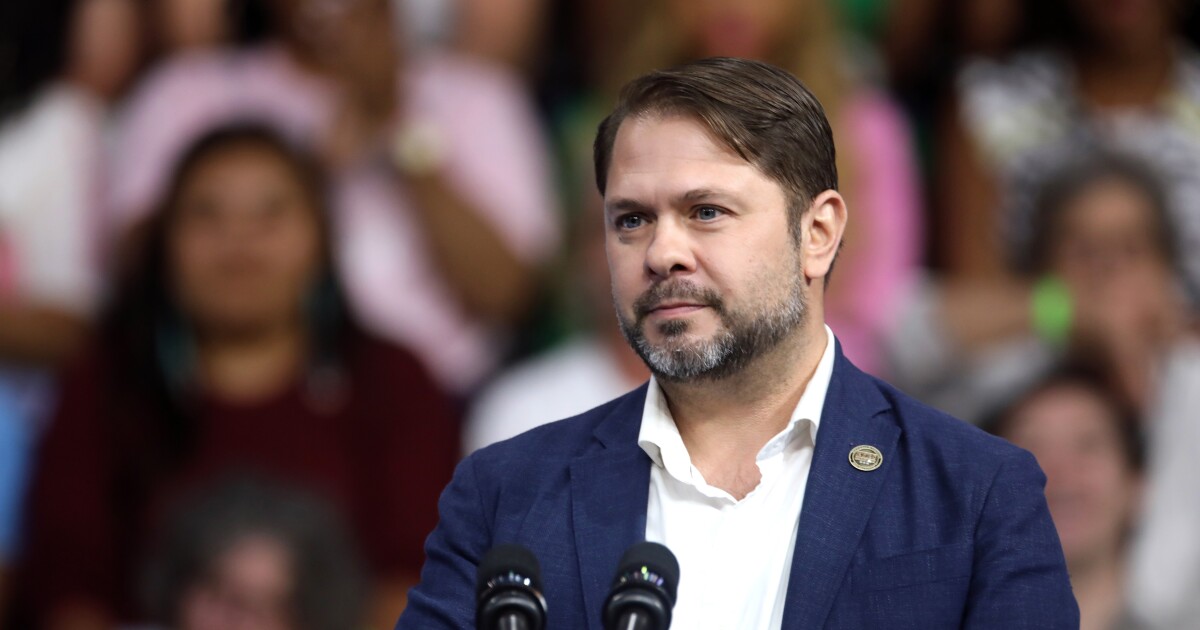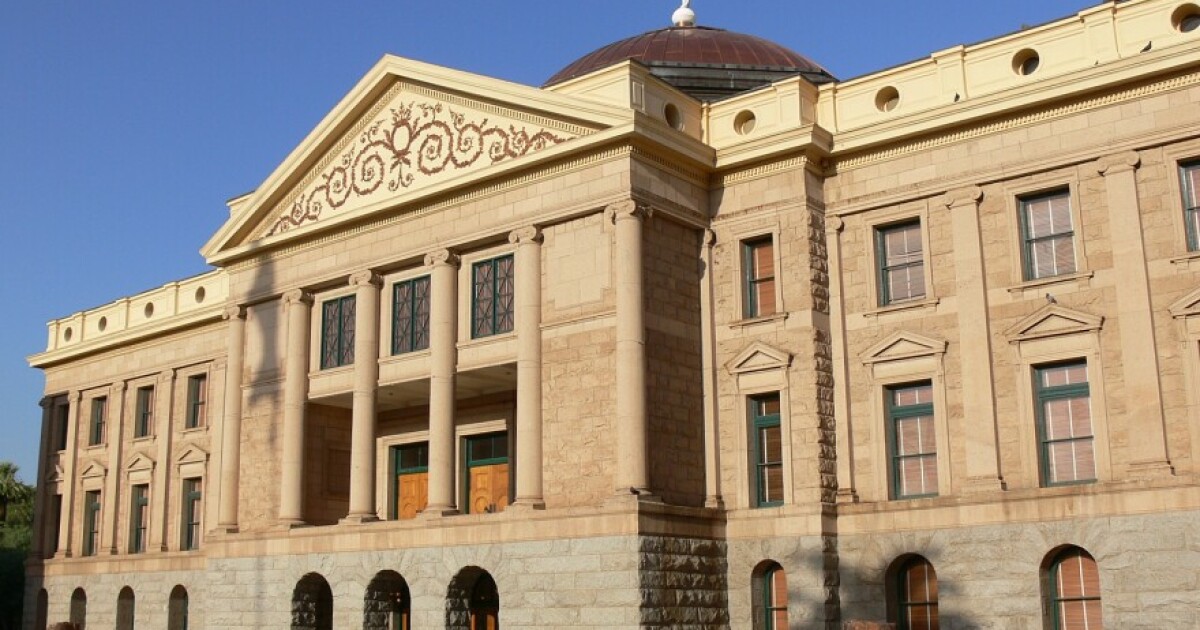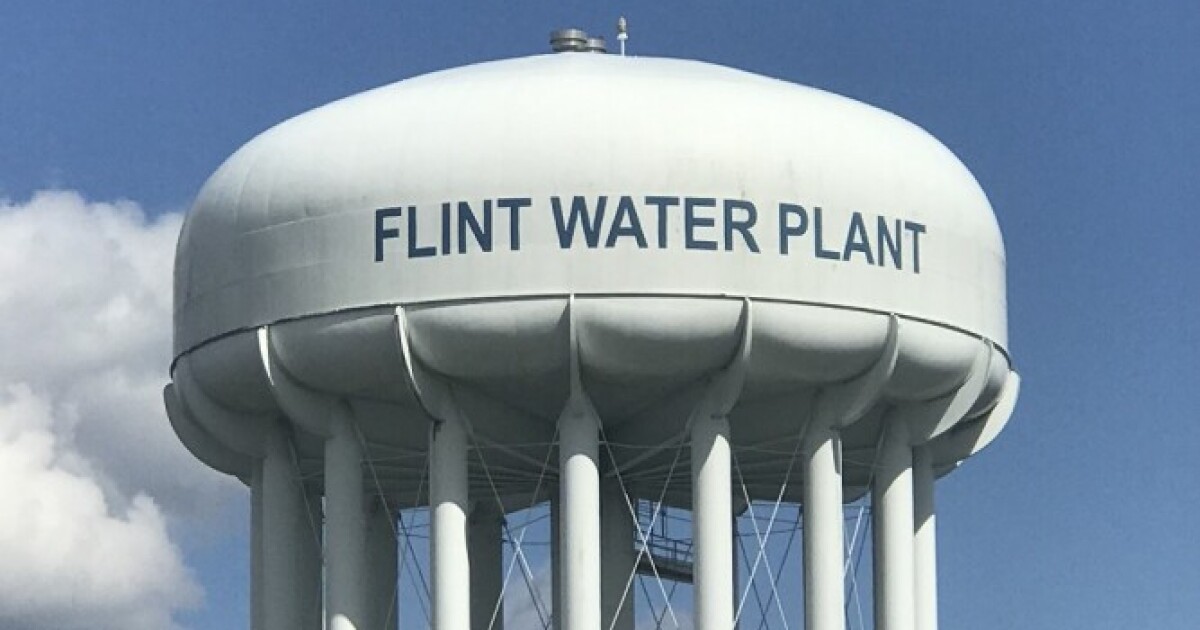In a pivotal diplomatic move, Italian Premier Giorgia Meloni is set to engage in discussions with U.S. President Donald Trump at the White House. This meeting marks the first occasion a European leader will meet Trump since his controversial announcement of a 20% tariff on European goods, which was temporarily suspended.
Meloni’s visit underscores her role as a key mediator between the European Union and the United States. Ahead of her journey, she has been in close contact with EU Commission President Ursula von der Leyen, ensuring that the outreach is “closely coordinated,” according to a commission spokeswoman.
In a statement from Rome, Meloni acknowledged the gravity of her mission: “We know we are in a difficult moment. Most certainly, I am well aware of what I represent, and what I am defending.”
The overarching objective for the EU is to preserve what it terms “the most important commercial relationship in the world,” with annual trade volumes reaching 1.6 trillion euros ($1.8 trillion).
While trade negotiations are under the purview of the European Commission, which is advocating for a zero-for-zero tariff arrangement, the Trump administration has maintained a firm stance on imposing a baseline 10% tariff on all imports. However, the 90-day suspension of the retaliatory increase to 20% has offered a glimmer of hope for future negotiations.
Meloni’s primary task may not be securing immediate concessions, but rather gaining insight into Trump’s strategic objectives, experts suggest.
“It is a very delicate mission,” commented Fabian Zuleeg, chief economist at the European Policy Center in Brussels. “There is the whole trade agenda, and while she’s not officially negotiating, we know that Trump likes to have this kind of informal exchange, which in a sense is a negotiation. So it’s a lot on her plate.”
Despite Meloni’s political alignment with Trump on issues such as immigration control and traditional values, their views diverge on some fronts, most notably her solid support for Ukraine.
Having been the only European leader present at Trump’s inauguration in January, Meloni has approached the evolving U.S. policies with caution, condemning the tariffs as “wrong” and emphasizing that “dividing the West would be disastrous for everyone.”
“She has been very cautious,” observed Wolfango Piccoli, an analyst at the London-based Teneo consultancy. “It is what we need when we have a counterpart that is changing every day.”
Italy enjoys a 40 billion euro trade surplus with the United States, the largest with any nation, driven by American demand for Italian products like sparkling wine, Parmigiano Reggiano, and high-end fashion. These sectors are vital to Italy’s economy and are predominantly supported by small- and medium-sized enterprises.
“All in all, I think she will focus on the very strong economic and trade relations that Italy has with the United States, not just in terms of exports, but also services and energy,” noted Antonio Villafranca, vice president of the ISPI think tank in Milan. “For example, Italy could even consider importing more gas from the U.S.”
The backdrop of this meeting includes escalating trade tensions that have contributed to global economic uncertainty, prompting a reduction in Italy’s growth forecast from 1% to 0.5% for the year.
Additionally, Meloni is likely to address Trump’s call for NATO allies to boost military spending to 2% of GDP, a target Italy has yet to meet with its current expenditure at 1.49% of GDP.
Nonetheless, experts advise managing expectations regarding any immediate breakthroughs.
“The best strategy has been to be very circumspect: Get there, get the meeting, get the photo opportunity,” Piccoli suggested. “If she is able to come back, and give a sense of how Washington wants to frame future relations on trade, defense and Ukraine policy, that would be a huge win.”
Copyright 2025 NPR
—
Read More Michigan News

